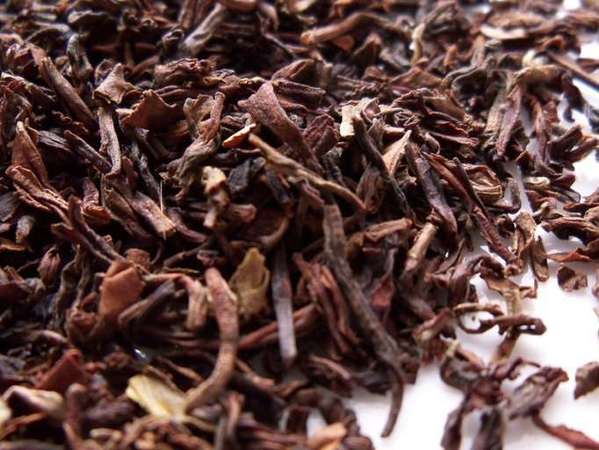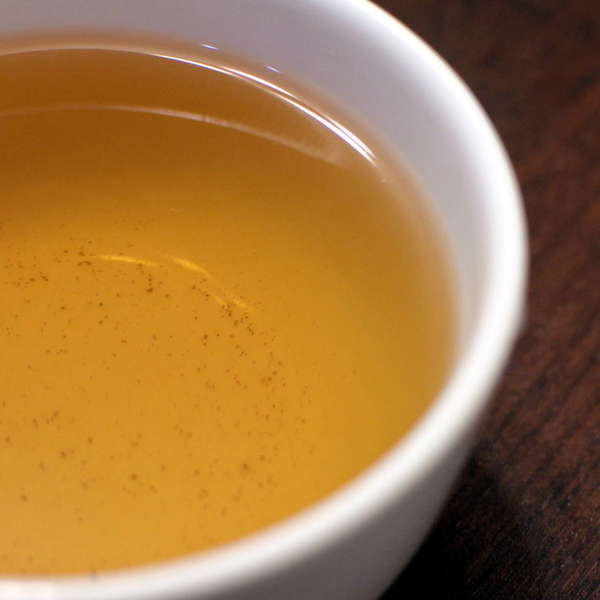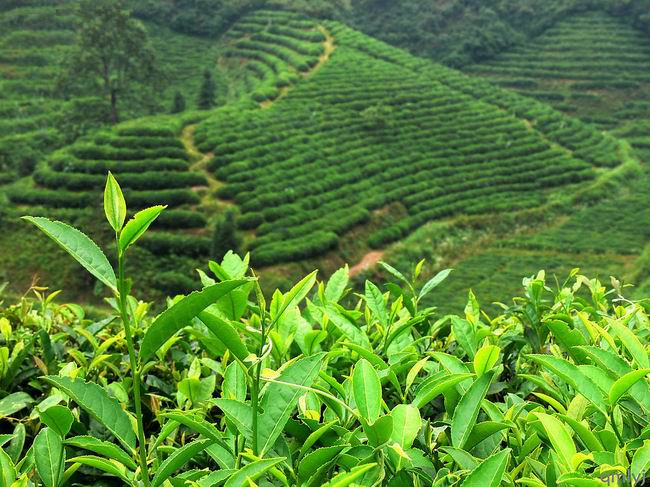What is the authentic brand of Nepalese black tea? The color, flavor and taste characteristics of authentic Nepalese black tea?
Most people don't know that all teas come from the same plant. It is called camellia. It is grown all over the world and can produce many different types of tea. Although the processing of tea determines the type of tea (black, green, white, oolong tea, etc.), the origin of tea also plays an important role in the flavor of tea. The reason for the soil is that you can have two different cups of black tea with very different tastes! Ilam tea industry style refers to the different environmental factors that affect the flavor and characteristics of the product. The word was originally used by French winemakers and comes from the French word "Terre", which means land. Although the term was originally used to describe wine, it is now used in the tea, coffee, cheese and chocolate industries. The first factor affecting the taste of tea is climate. Tea trees can only grow in warm and humid climates. However, if the climate in the area does not change at all, the tea grown there will taste too simple and insipid. Some climate change is the development of complex wine tasting records that make each kind of tea unique and essential. This is because climate stress triggers the release of so-called secondary metabolites in leaves that produce unique and interesting flavors. Like the climate, altitude can also trigger the stress response of tea plants. This is because the higher the altitude, the stronger the ultraviolet radiation, and the more drastic the temperature change, which leads to secondary metabolites in tea.

The soil in which tea is grown varies greatly, depending on the bedrock below the land. The mineral content of soil is reflected in tea, and the mineral in tea is the characteristic that people pursue. Nutrients in the soil also enter the tea tree directly through the roots, so tea growing in nutrient-rich soil will provide additional health benefits! Finally, latitude (the distance to the equator) determines how much tea is made in a year. Tea grown at the equator can be harvested all the year round because there is no seasonal change at the equator. Tea grown in the north or south goes through a dormant period, where they experience intense climatic stress. This produces a large number of secondary metabolites. The tea produced after the dormant period in early spring is called the first brewing tea and may be the most coveted and expensive tea in the world! The color of tea soup two tea trees with exactly the same genetic material can produce very different teas according to where they grow! The next time you enjoy a cup of tea, take a minute to think about where it is grown and see if you can taste the difference it makes. You don't have to be a tea expert to taste the complexity and flavor of tea from all over the world!
Important Notice :
前街咖啡 FrontStreet Coffee has moved to new addredd:
FrontStreet Coffee Address: 315,Donghua East Road,GuangZhou
Tel:020 38364473
- Prev

What are the important brewing points of all kinds of black tea? Explanation of the correct water temperature, soaking time and water quality of black tea
When making tea, the combination of many elements makes a perfect cup of tea. In addition, high quality tea and perfect quantity; water temperature, soaking time and water quality are the key to making a perfect cup. Here, we will look at how these methods can change your tea-making experience and what you should consider to make sure you do
- Next

The development trend of high-quality black tea and oolong tea depends on high-quality coffee and pays attention to the influence of local characteristics on the taste of tea.
Tea, like wine, has seasonal and local characteristics, and there is a story behind the taste of each cup of tea. If you are looking for an interesting drink, this makes it an excellent substitute for wine, but not alcoholic. Our culture seems to have learned the versatility of tea, which makes tea actually follow me.
Related
- Beginners will see the "Coffee pull flower" guide!
- What is the difference between ice blog purified milk and ordinary milk coffee?
- Why is the Philippines the largest producer of crops in Liberia?
- For coffee extraction, should the fine powder be retained?
- How does extracted espresso fill pressed powder? How much strength does it take to press the powder?
- How to make jasmine cold extract coffee? Is the jasmine + latte good?
- Will this little toy really make the coffee taste better? How does Lily Drip affect coffee extraction?
- Will the action of slapping the filter cup also affect coffee extraction?
- What's the difference between powder-to-water ratio and powder-to-liquid ratio?
- What is the Ethiopian local species? What does it have to do with Heirloom native species?

